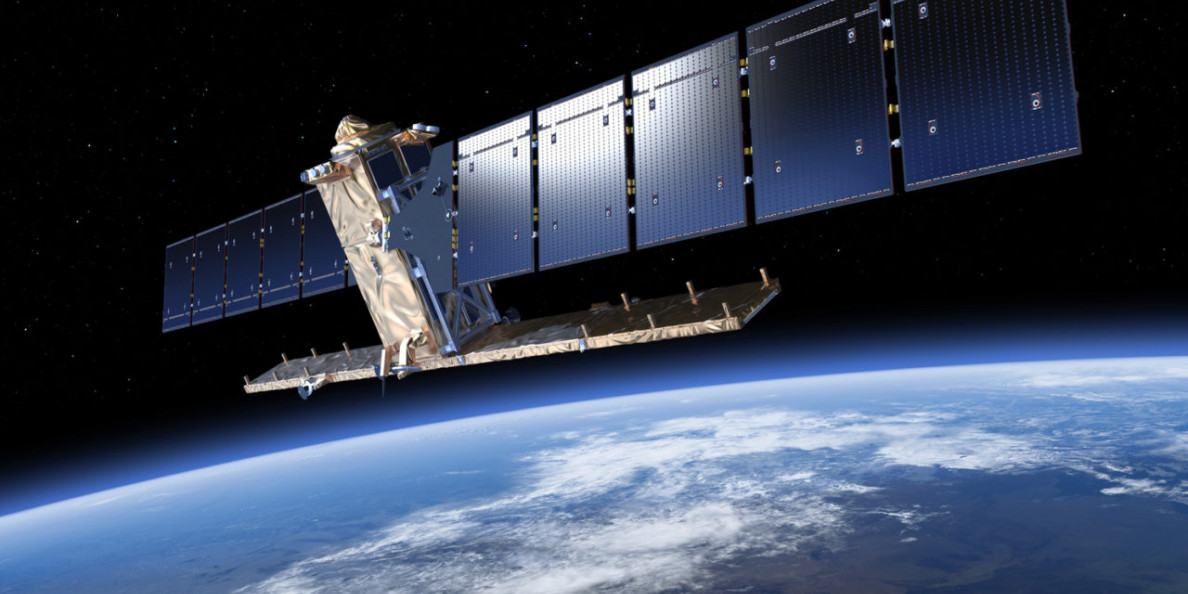Released today, the map shows the world has 1.87 billion hectares of cropland, about 20 percent (or 250 to 350 million hectares) more than previous assessments. The change from previous studies is due to better understanding of large areas never before mapped or places inaccurately mapped as non-cropland, according to a statement by the U.S. Geological Survey. (A hectare equals roughly 2.5 acres.)
The study and creation of the resulting map was led by the USGS and is part of the Global Food Security-Support Analysis Data @ 30-m Project, or GFSAD30. The map is built primarily from Landsat satellite imagery with 30-meter resolution, which is the highest spatial resolution of any global agricultural dataset, USGS says. Statistics on every country in the world can be seen on the map.
According to USGS, previous studies show China or the United States as having the highest net cropland area, but this new study shows India ranks first with 179.8 million hectares, or 9.6 percent of the global net cropland area. The U.S. comes in second with 167.8 million hectares, or 8.9 percent of global net cropland. China follows with 165.2 million hectares, or 8.8 percent, and Russia with 155.8 million hectares, or 8.3 percent.
Based on the map, USGS regards South Asia and Europe as agricultural capitals of the world due to the percentage of cropland of the total geographic area. Cropland makes up more than 80 percent of Moldova, San Marino and Hungary; between 70 and 80 percent of Denmark, Ukraine, Ireland and Bangladesh; and 60 to 70 percent of the Netherlands, United Kingdom, Spain, Lithuania, Poland, Gaza Strip, Czech Republic, Italy and India. The U.S. and China each have 18 percent cropland.
“The map clearly shows individual farm fields, big or small, at any location in the world,” says Prasad Thenkabail, USGS research geographer and principal investigator for the GFSAD30 Project Team. “Given the high resolution of 30 meters and 0.09 hectares per pixel, a big advantage is the ability to see croplands in any country and sub-national regions, including states, provinces, districts, counties and villages.”
Global population is expected to reach 10 billion by 2050, or 2 billion more people than today. This project aims to understand and monitor agriculture across the world in great detail. USGS says the “research is useful to international development organizations, farmers, decision makers, scientists and national security professionals.”
“This map is a baseline and starting point for higher level assessments, such as identifying which crops are present and where, when they grow, their productivity, if lands are left fallow and whether the water source is irrigated or rain fed,” says Thenkabail. “Comparisons can be made between the present and past years as well as between one farm and another. It is invaluable to know the precise location of croplands and their dynamics to lead to informed and productive farm management.”
Thenkabail said the project was a major undertaking, particularly getting cloud-free images in regions such as the tropics and during rainy seasons, which took multiple years in some areas.
“This project required the use of satellite-acquired big-data analytics using machine learning algorithms on a cloud computing platform such as the Google Earth Engine,” Thenkabail says.
The map was put through rigorous validation, and has on overall accuracy of 92 percent. Validation was performed by an independent team for 72 zones across the world, Thenkabail says.


